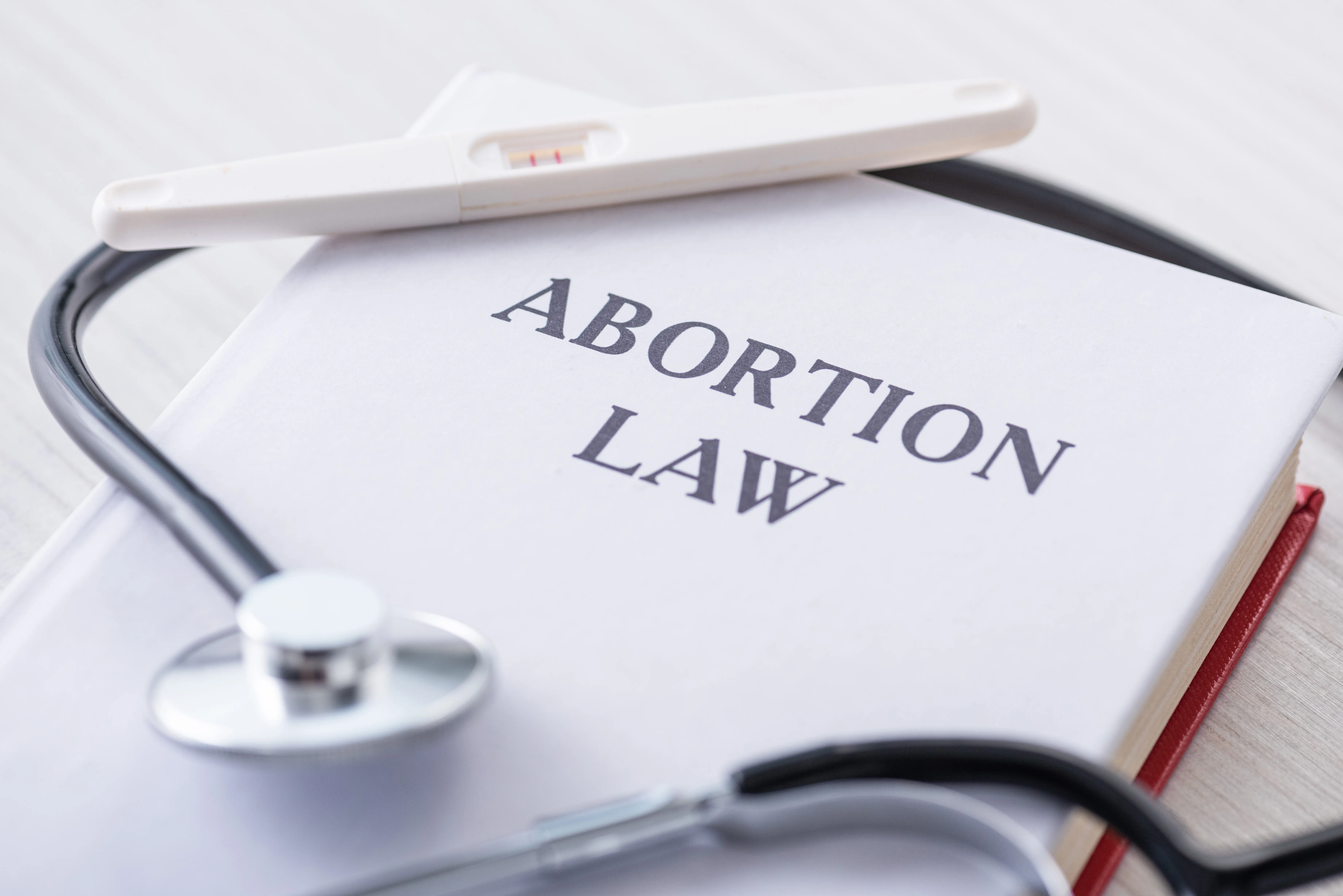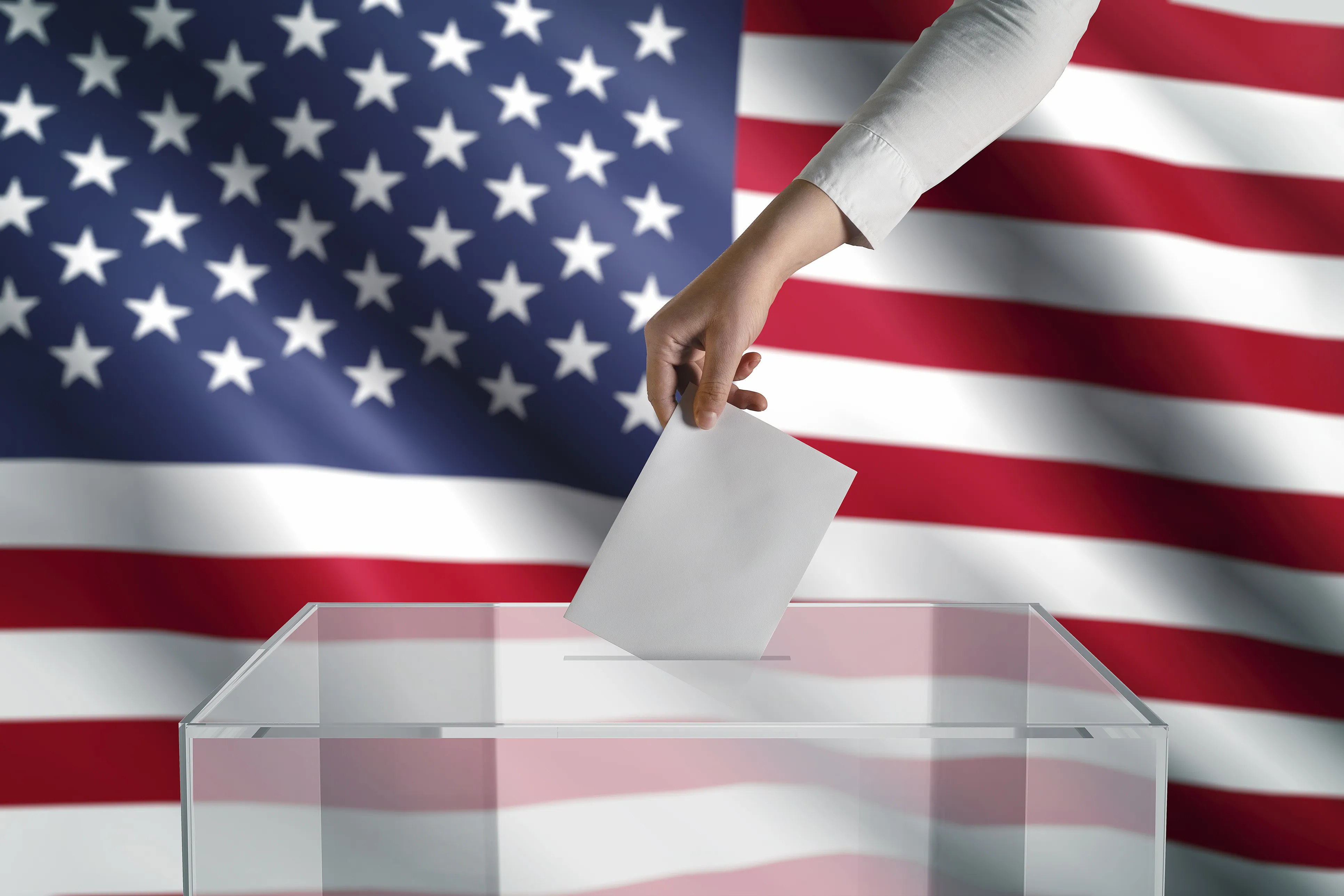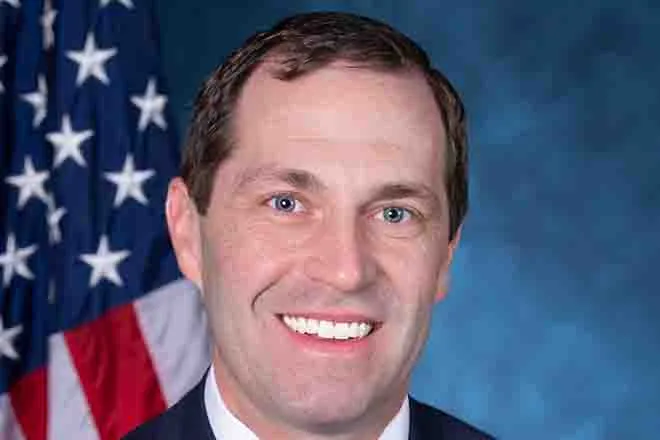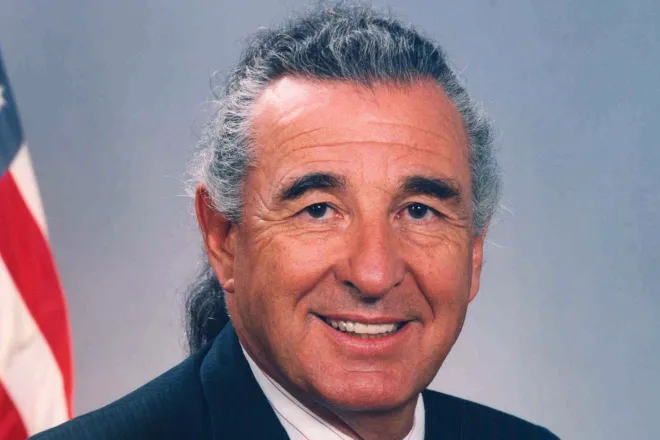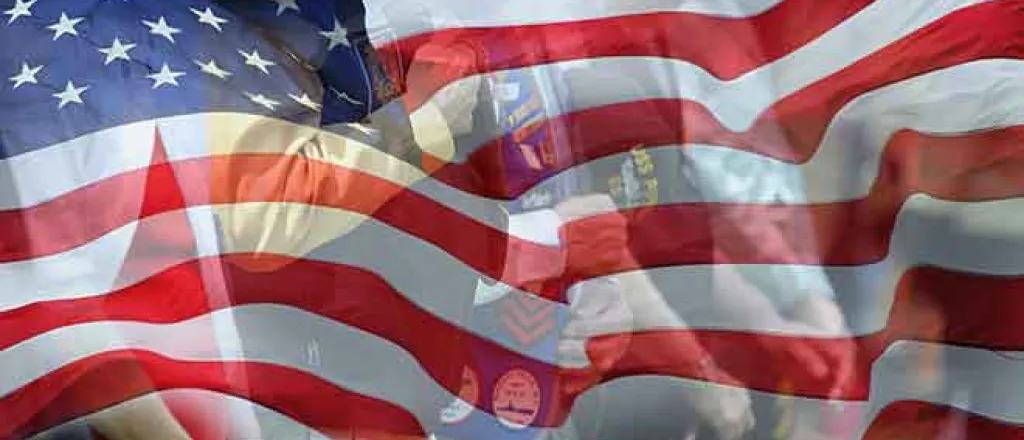
Veterans have fought in wars – and fought against them
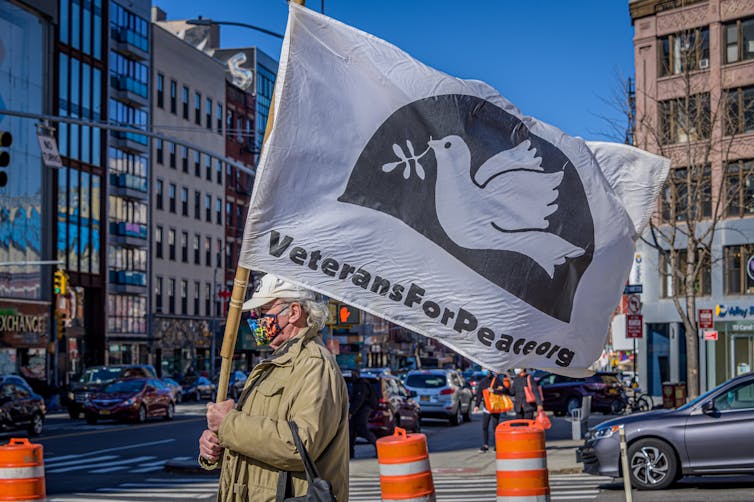
Michael Messner, USC Dornsife College of Letters, Arts and Sciences
If former President Donald Trump had his way, the nation would have celebrated the centennial of the World War I armistice with a massive military parade in Washington, D.C., on Nov. 11, 2018.
But that never happened. When Pentagon officials announced the president’s decision to cancel the parade in August 2018, they blamed local politicians for driving up the cost of the proposed event.
There may have been other reasons.
Veterans were especially outspoken in their opposition. Retired generals and admirals feared such a demonstration would embarrass the U.S., placing the nation in the company of small-time authoritarian regimes that regularly parade their tanks and missiles as demonstrations of their military might.
President Joe Biden took a different path and last marked Veterans Day in 2021 with a traditional ceremony remembering veterans at Arlington National Cemetery.
But at the time in 2018, some veterans organizations opposed the parade because they saw it as a celebration of militarism and war.
Veterans of past wars, as I document in my book “Guys Like Me: Five Wars, Five Veterans for Peace,” have long been at the forefront of peace advocacy in the United States.
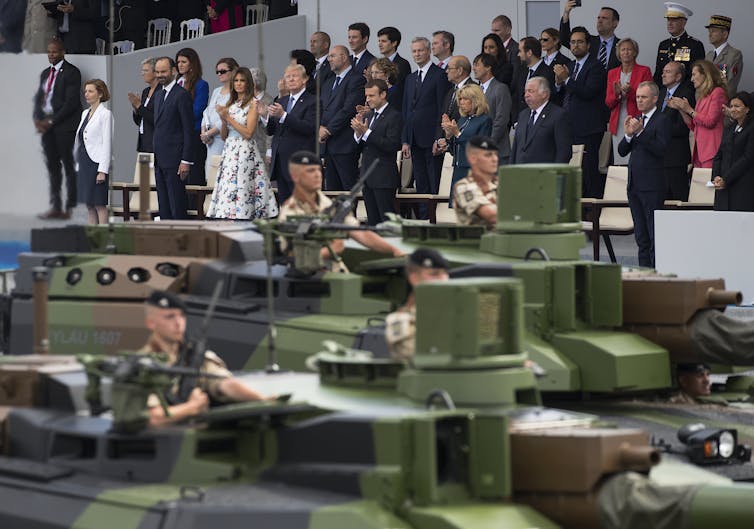
Politicians’ betrayal?
In 2018, the advocacy group Veterans for Peace joined a coalition of 187 organizations that sought to “stop the military parade; reclaim Armistice Day.”
In the past few years, the group has organized to protest Russia’s invasion of Ukraine and has lobbied Biden to decrease military spending.
And as I have shown in my research, activists from Veterans for Peace and another veterans group known as About Face have also worked to link demilitarization efforts to actions to address climate change and racial justice activism.
There is a deep history to veterans’ peace advocacy.
As a young boy, I got my first hint of veterans’ aversion to war from my grandfather, a World War I Army veteran. Just the mention of Veterans Day could trigger a burst of anger that “the damned politicians” had betrayed veterans of “the Great War.”
In 1954 Armistice Day was renamed Veterans Day. In previous years, citizens in the U.S. and around the world celebrated the 11th hour of the 11th day of the 11th month of 1918 not simply as the moment that war ended, but also as the dawning of a lasting peace.
“They told us it was ‘the war to end all wars,’” my grandfather said to me. “And we believed that.”

Veterans for peace
What my grandfather spoke about so forcefully was not an idle dream. In fact, a mass movement for peace had pressed the U.S. government, in 1928, to sign the Kellogg-Briand Pact, an international “Treaty for the Renunciation of War,” sponsored by the United States and France and subsequently signed by most of the nations of the world.
A State Department historian described the agreement this way: “In the final version of the pact, they agreed upon two clauses: the first outlawed war as an instrument of national policy and the second called upon signatories to settle their disputes by peaceful means.”
The pact did not end war, of course. Within a decade, another global war would erupt. But at the time, the pact articulated the sentiments of ordinary citizens, including World War I veterans and organizations like the Veterans of Foreign Wars, who during the late 1930s opposed U.S. entry into the deepening European conflicts.
In 1954, President Dwight D. Eisenhower signed the law changing the name of the holiday to Veterans Day to include veterans of World War II and the Korean War.
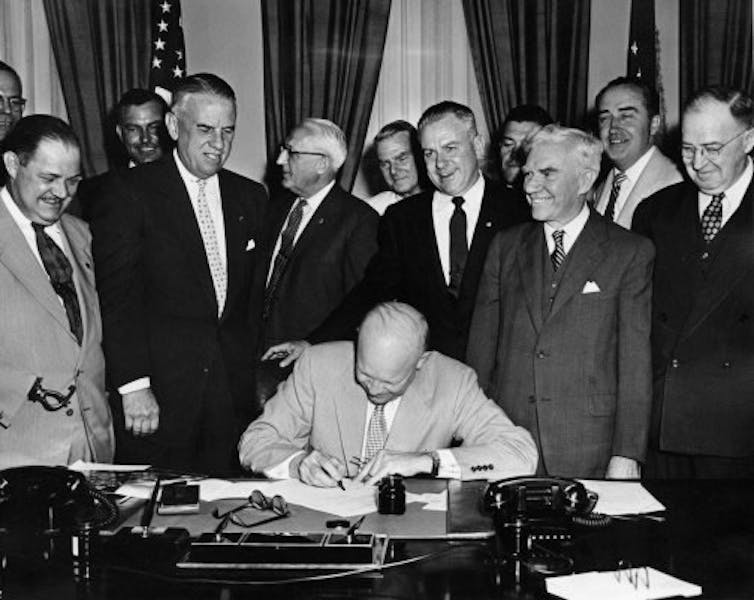
For my grandfather, the name change symbolically punctuated the repudiation of the dream of lasting peace. Hope evaporated, replaced with the ugly reality that politicians would continue to find reasons to send American boys – “guys like me,” as he put it – to fight and die in wars.
World War I, like subsequent wars, incubated a generation of veterans committed to preventing such future horrors for their sons.
From working-class Army combat veterans like my grandfather to retired generals like Smedley Butler – who wrote and delivered public speeches arguing that “war is a racket” benefiting only the economic interests of ruling-class industrialists – World War I veterans spoke out to prevent future wars. And veterans of subsequent wars continue speaking out today.
There have been seven U.S. presidents since my grandfather’s death in early 1981 – Presidents Ronald Reagan, George H.W. Bush, Bill Clinton, George W. Bush, Barack Obama, Donald Trump and Joe Biden – and each committed U.S. military forces to overt or covert wars around the world.
Most of these wars, large or small, have been met with opposition from veterans peace groups. In the 1960s and early 1970s, Vietnam Veterans Against the War was a powerful force in the popular opposition to the American war in Vietnam. And Veterans for Peace, along with About Face: Veterans Against the War, remains outspoken against America’s militarism and participation in wars in the Middle East and elsewhere.
Were he alive today, I believe my grandfather would surely express indignation that American leaders continue to send the young to fight and die in wars throughout the world.
Still, I like to imagine my grandfather smiling had he lived to witness some of the activities that will take place this Nov. 11: Veterans for Peace will join other peace organizations in Washington, D.C., and in cities around the U.S. and the world, marching behind banners that read “Observe Armistice Day, wage peace!”
This is an updated version of an article originally published on Nov. 8, 2018.![]()
Michael Messner, Professor of Sociology and Gender Studies, USC Dornsife College of Letters, Arts and Sciences
This article is republished from The Conversation under a Creative Commons license. Read the original article.


